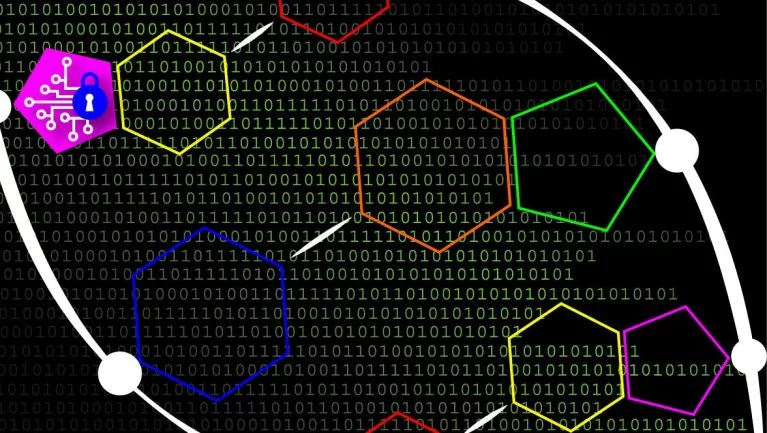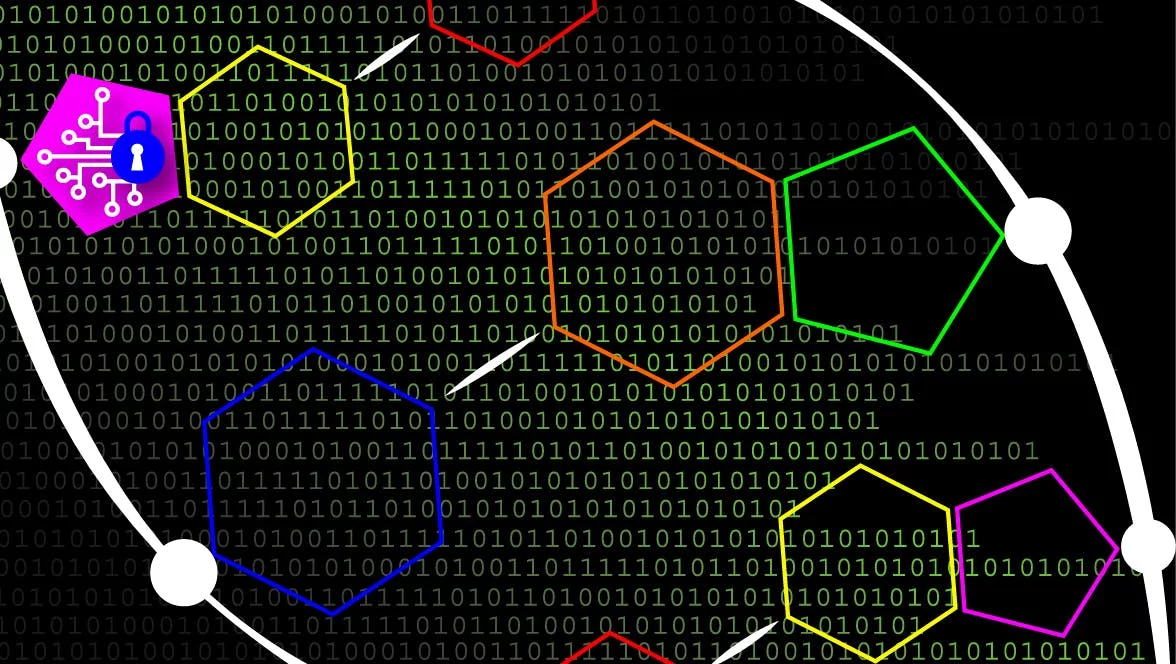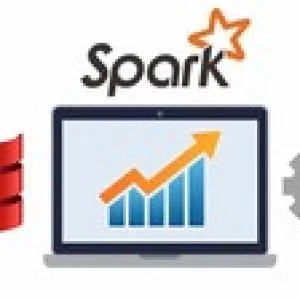
Command Line Tools for Genomic Data Science
FREE
Add your review
Add to wishlistAdded to wishlistRemoved from wishlist 0
Add to compare8.4/10
(Our Score)
Product is rated as #31 in category Big Data
Introduces to the commands that you need to manage and analyze directories, files, and large sets of genomic data. This is the fourth course in the Genomic Big Data Science Specialization from Johns Hopkins University. The mission of The Johns Hopkins University is to educate its students and cultivate their capacity for life–long learning, to foster independent and original research, and to bring the benefits of discovery to the world.
Instructor Details
Votes: 0
Courses : 1
Specification: Command Line Tools for Genomic Data Science
|
49 reviews for Command Line Tools for Genomic Data Science
3.6 out of 5
★★★★★
★★★★★
17
★★★★★
14
★★★★★
12
★★★★★
2
★★★★★
4
Write a review
Show all
Most Helpful
Highest Rating
Lowest Rating
Add a review Cancel reply
This site uses Akismet to reduce spam. Learn how your comment data is processed.

| Price | Free |
|---|---|
| Provider | |
| Duration | 26 hours |
| Year | 2016 |
| Language | English |
| Certificate | Yes |
| Quizzes | Yes |

Command Line Tools for Genomic Data Science
FREE






Francia V D L R –
thank you for the course!
Wenting W –
Useful course.
Deepti R –
Excellent quizzes and exams. Smooth flow of lectures. However, as a beginner I faced a lot of difficulty in installing the required tools. I could complete the course only because the tools were provided as a package with the VM box. I will be handling NGS data for my PhD project, for which I will have to install the latest versions of these tools. Manuals are cryptic. A lot of errors keep cropping up whenever I try to install anything. This course should have taught us that part too. I shall be thankful if you could provide a short course or a step by step write up for the same, else we will not be able to apply what such a good course taught us.
Kasper T K –
Great course, the instructor does a great job in introducing the students to some off the important sequencing analysis tools. Some of the lectures are although a bit bland, where the instructor reads the entire contents of a slide for format files or program options, this is sometimes quite useless as you can read that yourself by… simply reading the slides. Forums were not always very useful, sometimes solving error messages were supported by referring to the manual page, instead of actually bothering to look through the code for providing more constructive feedback on what goes wrong in a given example. Instead, examples should be given which elaborates on the effects on chosen different parameters like “If you want to make a local alignment, use the bla.bla option. However, beware that when using this, more errors are prone to be assigned…bla.bla.”. For the format, interesting columns in the format files in general are interesting, when looking for e.g. “amount of unique genes” etc. By doing this, we would be helped better into understanding questions of the quizzes, while also delivering an even deeper understanding of the formats and tools.
Jason M –
The worst class I’ve ever encountered in my life. The teacher mumbles to herself and the transcript often even says ‘[teacher mumbles]’ at the critical point of the lecture. The majority of the class teaches useless and outdated material. Moreover, the quizzes reflect useless documentation details, as opposed to relevant content in genomics. To even do the quizzes, you’re required to torrent their virtual machine image with an insecure checksum, thus compromising the security of your computer. The teacher herself clearly didn’t read the documentation for the most basic Linux commands, hence she constantly uses inefficient commands, such as ‘more’ instead of ‘less’. Altogether, this class is pathetic and will probably make you less competent in having wasted your time. Truly shameful.
Ming L –
nice design
Shannon W –
Great course! She actually teaches you what to do (the programming basics behind complicated genomic analysis) and why you are doing it. This was the most well taught and well designed course in this series so far, and helped me better understand earlier courses. Very glad that I jumped ahead in the series to take this one before the others.
Sean M –
Great course. I think it should be the first in the whole series.
Onur S –
I really struggled to complete this course. The extent of coverage of the topics is quite good, however this is a applied course and application part is lacking A LOT. The biggest drawback here is that the instructors demonstrations are not accessible to learners. This limits the learning experience so much that you get stuck even at the easiest question in a module exam. Some questions in the exams really require the learner to think and do google searches to figure out a strategy to answer the question (this is a good thing, though). However, it can be very easy to get bogged down and lose focus while figuring out what’s going wrong. It is advised to visit discussion forums before taking module exams. I think you should not expect to master the presented tools after finishing the course, but you will still get a decent understanding of them
Ross S –
This was one of the most valuable courses I have taken online. Thank you
George C –
A really hard introduction to bioinformatics pipelines, it was difficult but was stimulant!
Edgar L –
Clear, very practical and applicable
Jaydeep S –
This is a very poorly designed and executed course. The teacher should have used a bit more practical examples and the video lengths is too long. I have to leave it halfway, because I don’t see any point of wasting my time with it. Its sad that this is part of such a great specialization module. I hope the user comments allow the course designers to implement some changes to this course.
Qianhao L –
Could have more tools introduced, for instance SNP calling tools.
ELISA W –
This class really needs to be redone. In fact, it would be more productive to work off of the tools with python and/or galaxy. This class is essentially watching someone type and then trying to figure everything out on your own afterwards. It is not productive to learning the material, and will not help any of the students. I thought that the galaxy class was bad, but considering it is 4 star compared to this one!! Not only was teaching helpful tools not accomplished, but it required installation of the VM box which modified my registry! I will not have to uninstall everything and return my Windows to a previous start point to undo the issues it is causing. I am actually pretty angry that I had to take this class to get my certification. seriously, replace it with something helpful!! watching someone type (and tiny type at that) does not promote learning.
QIHUA Z –
I have to be honest. This course was bad learning experience for me. Watching the videos was a waste of time. The instructor is just typing commands without properly explaining the context. All you learn from the videos is probably a list of names of the tools you can use and some of it’s syntax, which really doesn’t require hours of tedious videos. It may be more productive just to look at the name of the tool and go google by yourself. Watching the videos is like someone telling you HOW to use the tool (how to type the command), but didn’t tell you WHAT the tool is doing, and WHY we want to use these tools. The HOW port is explained, but the WHAT and WHY parts? Sorry it’s not there. What’s funny is that, in the quiz they ask you WHATs and WHYs! At that time you would be thinking: “yea, these are good questions! but they were never explained in the videos. Would have been nice if these knowledges were covered!” That’s the time when you go googling, hoping the get some answers to pass the quiz.
Jason –
Thank you very much Dr./Professor, Liliana Florea. I’ve learned a lot. It’s a very good opportunity to improve my knowledge. This means a lot to me.
Igor L –
Very interesting material, but presented in a very dry manner and without going into too much detail. You do have to have some background in Linux and Biochemistry of DNA and RNA, otherwise it could be very hard to understand. Also, the last test deviates somewhat from what is presented in Week 4 lecture. Be very careful and read the questions with alertness before answering them
Ian P –
I would have liked a better overview of the analysis process, less on details of command line parameters. there were several errors in the slides. The assignments were tedious and not very instructive.
Sael M A –
Great resource to learn unix codes and prepare your self for analysing genomic data
Michael G –
There could be more resources provided and the lecture at the beginning of module 4 should be placed at the beginning of the course. Because the overview of molecular biology serves as background for the entire course.
yingchuan q –
It is not that the course is not useful; there is a LOT of room for the course to improve itself. One major issue is the lecture lacks sufficient descriptions why we do particular things, and the instructor’s non native English speaking and monotone worsen the situation such that I was often lost about the purpose of certain calculation. The second issue is that the course needs additional materials that aid students during the learning. The lecture video itself is not effective to provide sufficient guidance. I have done most of my learning by googling. In summary, the course was definitely poorly designed.
Andrew J D –
Very informative course. Only downside is that the example datasets/scripts are not provided (which I tend to find to be useful for learning informatics).
Paul S –
The instructor clearly knew her material. She tried to present it systematically with enough information to give students the ability to perform the programming tasks. There were, however, a number of areas where there is substantial room for improvement. 1. The slides were underutilized. Listing a command name is not enough information to use it. For the most part this was adequately done in the lectures, but having details on critical implementation formats in slides would have been a helpful visual. 2. The class was all about using command line instructions. When the command line was shown on screen it was hard to read and frequently covered over by the video controls. Moving it up and making it large enough to read would be very helpful. 3. Although some details of the output file structure were presented a lot was left for the student to dig out of other sources. If you don’t know what to look for this makes things very difficult. 4. The class is about using genomic analysis programs but the instructor did not provide information about where to download the appropriate files from.
Xing Y –
The course is good but not “self contained”…
Tom S –
The theoretical lectures are ok, but the practical ones are a bit slow. Could have been more scirpt based from the beginning. The Exams are quite different from what is explained in the lectures I think. Especially in week4.
Sofia M K –
Some of the tools are not up to date (tophat) and some things were unexplained. The focus was only typing the commands but not understanding why exactly we have to do specific things.
oyebode j O –
Very fine course. drills students well. would prefer if files used in examples were provided for students before the class. it makes life easier. would also prefer students are advised how to install tools on their laptops. Good course overall and I learnt much
Hemanoel P A –
I really love this course. It changed my life
Dahis M –
Detailed and challenging.
Anna B –
Exams take way longer than suggested, rest is good OK
Stefanie M –
A lot of things are not explained in the course
Amy G –
This course is not at all up to the standards set by its companion courses. The assignments require a VMbox that is broken, the transcripts are way off base, the tools are somewhat out of date, and the content and message board reflect lack of sincere oversight and care for student experience. Yes, it is possible to pass if you are diligent. Yes, it contains useful commands. No, it is not at all worth the effort. It should be replaced, removed for the sequence, or severely revised.
Tran N –
It was a quite challenging experience, especially the final module. The problem you have to deal with is not “how to properly use the programs/tools”, instead, we have to learn “how to play with the parameters” so that we can have the right answers for the quiz/exam questions. There were a lot of failures throughout this course, I had to watch the lectures again and again, deeply dive into the discussions in course forum, search google and seqsanswer/biostar forum, etc…. I became hating the lecturer and the mentors for theirs not so well organized lectures and answers … But afterall, I’ve learned a lot. Thank you!
Keri M –
I learned a ton and feel like I understand the formats of all of the different really well. I will say that week 4 is out of date in that Tophat has been replaced with HISAT and I wasn’t able to download the tools needed. It wasn’t a waste of time to learn tophat but would have been nice to learn the most recent tools.
Erik K –
Excellent Introduction to Command Line Tools used in High Throughput Sequencing Analysis.
Jitesh D –
Course content is really good! Lot of informational resources. Course delivery was little monotonous though. Exam 4 really made it very difficult due to not so clear instructions, otherwise it was a good course. Learnt lot of command lines tools and mainly to effectively use Linux commands in analysis.
Yawei W –
I really like this course! (The exams are a bit challenging though.)
Geoffrey K –
A worthy introduction to the problems facing computational biologists.
Thiago C S –
Some questions were way too specific and out of scope from real practice.
Noam H –
Great and practical material. Instructions for tests aren’t clear and sometimes very time consuming to understand
Jose A C E –
I considered this course was condiserably harder than previous courses from the Genomic Data Science specialization due to lacking instructions and exams asking about concepts not reviewed in class, for instance, soft/hard links distinctions, the use of cuffcompare, a clear distinction between mate reads and paired reads, a thorough explanation of the use of CDS vs exon in gtf files. At the other hand, the difficulty possed by this course made it satisfying. I would really like the course team and support to consider add complementary readings in order to help the understanding of topics not intensely reviewd in the videos.
Andrew M –
Interesting course. I have used some of this tools for some time but I find their’s still something new to learn
Pir N A –
I like the course too much,
Tianming W –
Great course.
Ash H –
Very good course. Easy to follow and loads of useful skills and info. It starts with some guidance on general Unix navigation and then teaches the format and tools for a range of different types of genomic data. Finally it teaches you to use tools for alignment and transcriptomics. It packs a lot in but plenty of demos and there’s a chat board where you can ask questions. I already had some experience with command line tools before doing this course but found I learned loads. If you don’t have any experience with Unix or with bioinformatics tools I think you will find the course doable and you will learn a lot of very useful skills but it will take you a bit longer. I don’t think you need to take the earlier courses to find this one useful. (I didn’t.) For me it was also useful to improve the organisation of my work when I’m doing data handling. The online setup is good it comes with pre set target dates for when to complete each module but you can reset them / push them back if needed. The videos have written transcripts underneath, these are mostly good but are made automatically so they occasionally mis hear more technical vocabulary. You can take the tests as many times as you want but only 3x every 8 hours.
Robert D –
Overall, the content of this course is great. Much of the content I began using in my job (genomics biotechnology company) immediately literally within 24 hours of learning. It accelerated my ability to accomplish tasks by a huge amount. I would give 5 stars just for the content, but I gave 3 because the exams are outdated and out of context. In Week 3, some of the content on the exam was not discussed in the course, and the last exam in Week 4 had many red herrings. You can figure out what you need to actually do by reading the Discussion Forum for Week 4, but the course material should be updated so that students don’t waste their time on unneccessary activities.
Emil C F –
Great inclusion in the specialization. I never knew anything about shell until now and I feel like I can use a lot of things from the course in my day to day data treatment/processing tasks. I am only giving 3 stars because I spend about 40 50% of the time troubleshooting technical things. The CentOS Vmbox is a great idea but that hardly worked for me (it interfaced weird with OSX and I could get it to understand my keyboard layout, shared folders did not work either) and was a source of frustration. One suggestion for the course would be to help the student verify the initial data set before completing all the analyses on it … e.g. in the reading section mention the length of the output or similar. Twice I filled out an entire exam “correctly” but had the wrong initial output. You don’t learn a lot from that but it does take a long time.
Shashank Y –
very good course, the flow of the course is really good, learned so many things